
OR
Plan to downsize Tamakoshi-3 causes controversy
Published On: January 7, 2018 07:35 AM NPT By: Rudra Pangeni | @rudrapang
KATHAMNDU, Jan 6: Utilizing resources to optimum capacity is the rule of thumb while fixing the installed capacity of any hydropower plant. But fixing such capacity for Tamakoshi-3 Hydropower Project has caused controversy.
The semi-storage project close to ready was abandoned by Norwegian company Statkraft (Previously SN Power) in early 2016. It has a best potential of 650 MW with daily 8 hours peaking even in the driest days when river flows shrink to their lowest, according to a detailed feasibility study by StatKraft.
An iptimum capacity Tamakoshi-3 is the best option for the country in at least three ways: the project is at a strategic location viz a viz power consumption centers like Kathmandu and the eastern Tarai, no significant work is needed on transmission lines to evacuate the power, the energy output during dry months is attractive , and only about 120 households to be displaced.
The Ministry of Energy (MoE) awarded the project's license for a capacity of 650 MW to TBI Holdings in October last year. But TBI Holdings, which is owned by President of Non-Resident Nepalis Association Bhawan Bhatta, now wants to lower the capacity to 305 MW.
The ministry had awarded the important project after sitting on proposals sent by the Investment Board Nepal(IBN) for developing the plant through open competitive bidding. TBI Holdings's application for capacity amendment remains undecided as the project award has been challenged at the Supreme Court.
Statkraft had abandoned the project in January 2016 citing lack of viable power off-take options, lower electricity price forecasts, insufficient transmission capacity for power evacuation and other reasons . In January last year, the IBN board chaired by then prime minister Pushpa Kamal Dahal had decided to develop the project together with MoE.
People involved in the Statkraft study strongly objected to the TBI Holdings's proposal, saying reducing capacity damages the potential and the country stands to lose.
"This option (650 MW) of semi storage with 8 hours daily peaking was the best identified amongst the different capacities ranging between 447 MW to 880 MW, considering project cost and risk factors for the plant structure, and lowering the capacity only kills its potential," said Khadga Bahadur Bisht, a Statkraft employee and also former president of Independent Power Producers' Association Nepal. The project of US $ 1.248 billion as of 2011 can generate 2324 GWh annually and lowering the capacity may obviously decrease the output significantly.
Officials at IBN, the implementing agency for hydropower projects above 500 MW, has written a two-page reservation letter to the ministry over the matter. Talking to Republica, IBN spokesperson Uttam Bhakta Wagle said, "Originally, the project's capacity was of 880 MW and there is no basis for decreasing the capacity to such a lowest capacity now."
"The main issue behind deciding project capacity is the decision maker-- government or private party," said a source at MoE who is not allowed to talk to media. "The government may opt for resource utilization to the full extent while the private party may consider different factors like financial capacity and energy market," added the source.
Ananda Pradhan, consultant of TBI Holdings, claimed that they chose to lower the capacity to make for a better project than that planned by Statkraft. "We want to make it a 6-hour peaking run-of-river plant, considering lack of market- as Statkraft pointed out- as well as to produce minimum 30 percent of total annual energy output in a period of six months-- December 1st to April end-- as prescribed by the government's new law," said Pradhan.“
"We are always open to more PPAs for attractive mega projects, but we have not received any proposal from TBI Holdings, and with the new cross-border lines coming into operation the Indian market is also open," said NEA spokesperson Prabal Adhikari, adding that they need abundant energy for achieving their minimum 7.2 annual economic growth rate.
You May Like This
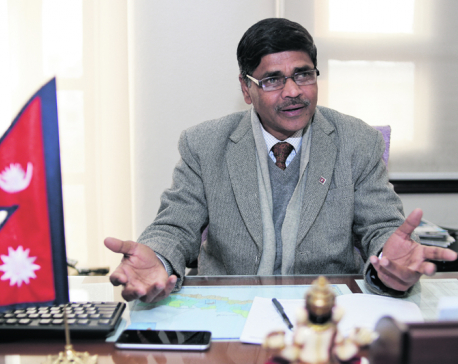
Amid controversy, EC drops plan to use Smartmatic EVMs
KATHMANDU, Feb 17: The Election Commission (EC) has finally dropped its plan to purchase electronic voting machines from UK-based electronics supply... Read More...

Koshi Tappu Wildlife Reserve readies five-year plan
INARUWA, Nov 19: The Koshi Tappu Wildlife Reserve will introduce a five-year work plan with an aim to conserve the endangered... Read More...

NRCS brings Monsoon Preparedness Plan into force
KATHMANDU, July 5: Nepal Red Cross Society (NRCS) has, in cooperation with the government, brought the Monsoon Preparedness Plan-2073 BS... Read More...

Just In
- Khatiwada appointed as vice chairman of Gandaki Province Policy and Planning Commission
- China's economy grew 5.3% in first quarter, beating expectations
- Nepal-Bangladesh foreign office consultations taking place tomorrow
- Kathmandu once again ranked as world’s second most-polluted city
- PHC endorses Raya as Auditor General
- PM Dahal and ex-PM Khanal meet
- Revised report on job specification submitted to PM
- Home ministry recommends Joshi and Dhakal for promotion to AIG



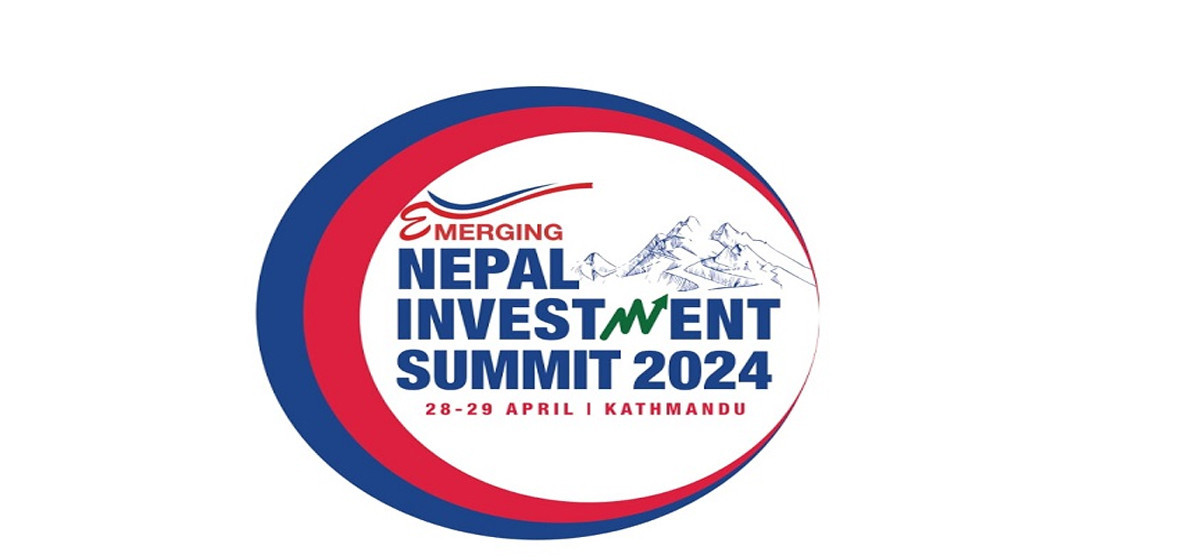
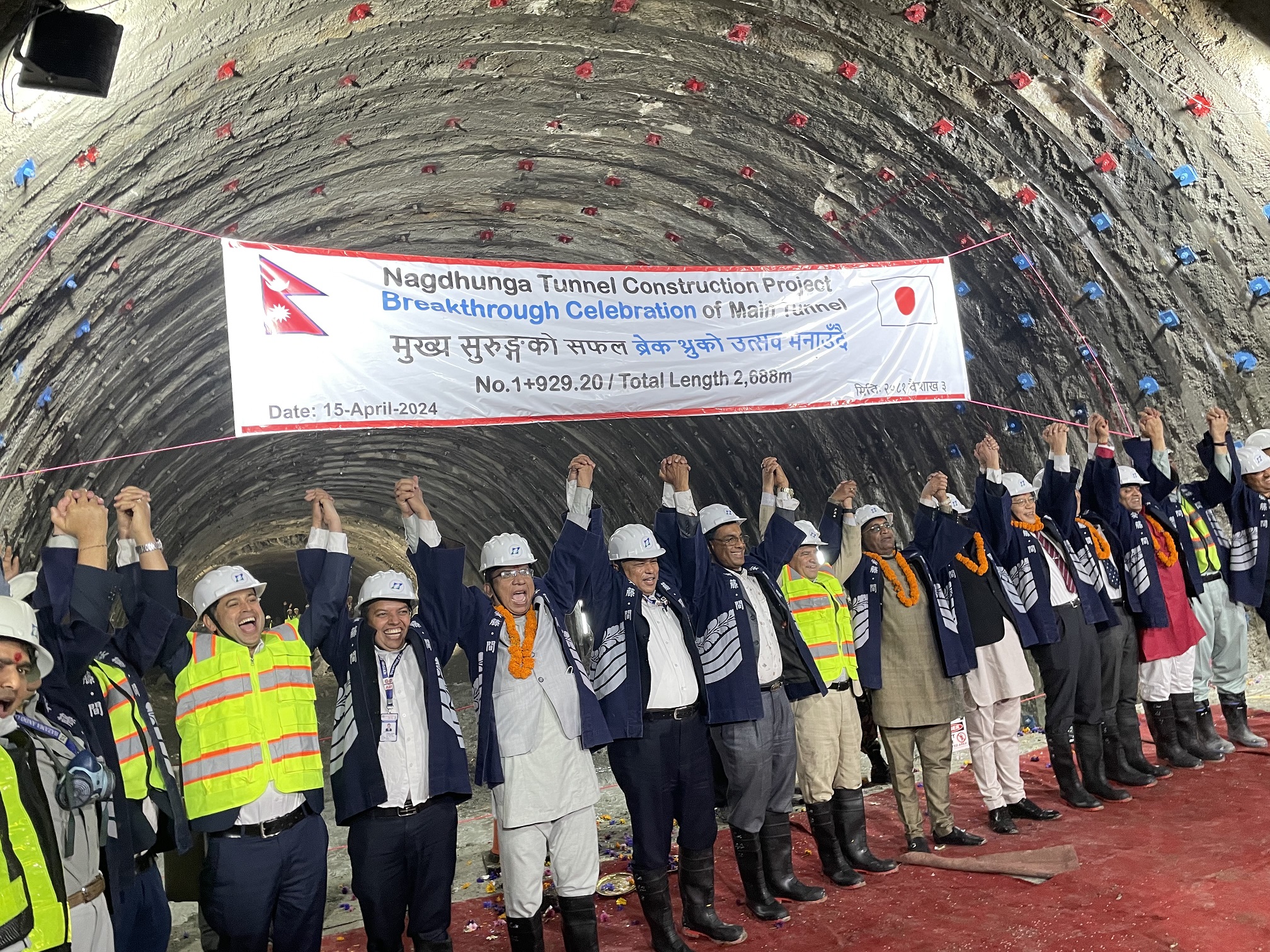



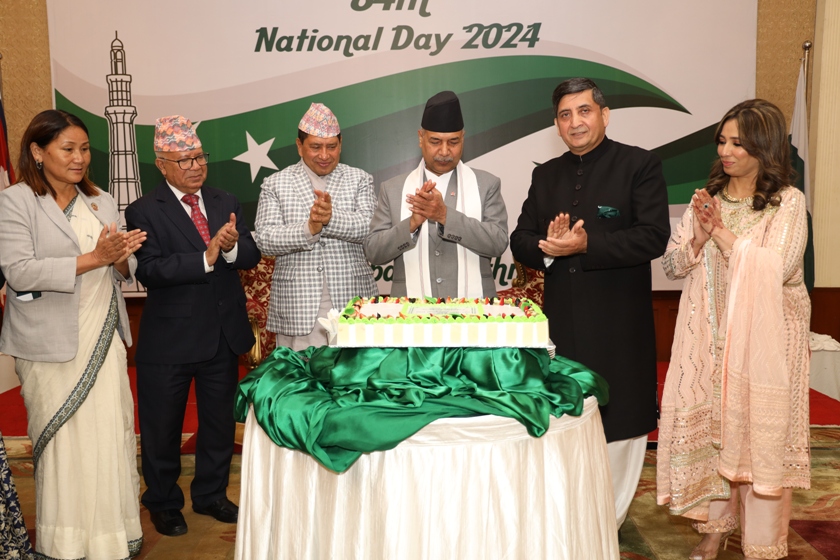

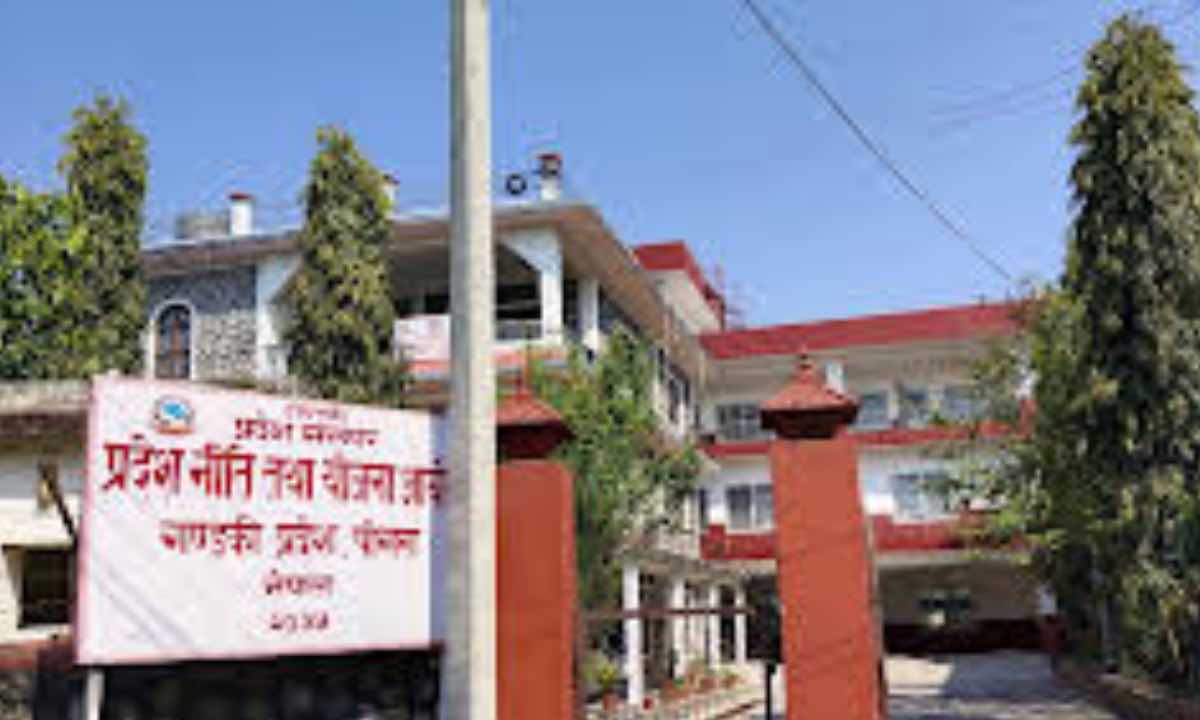

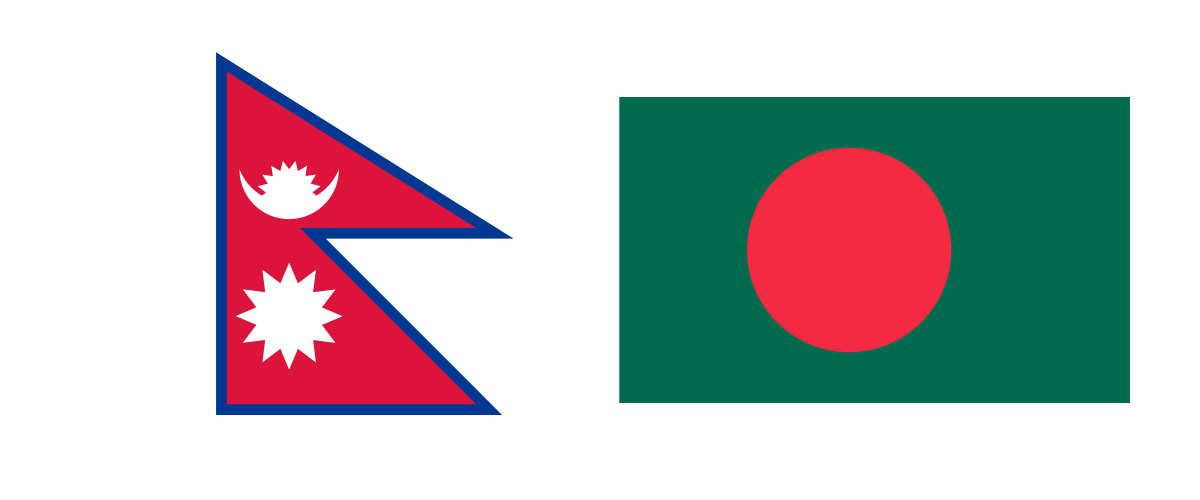

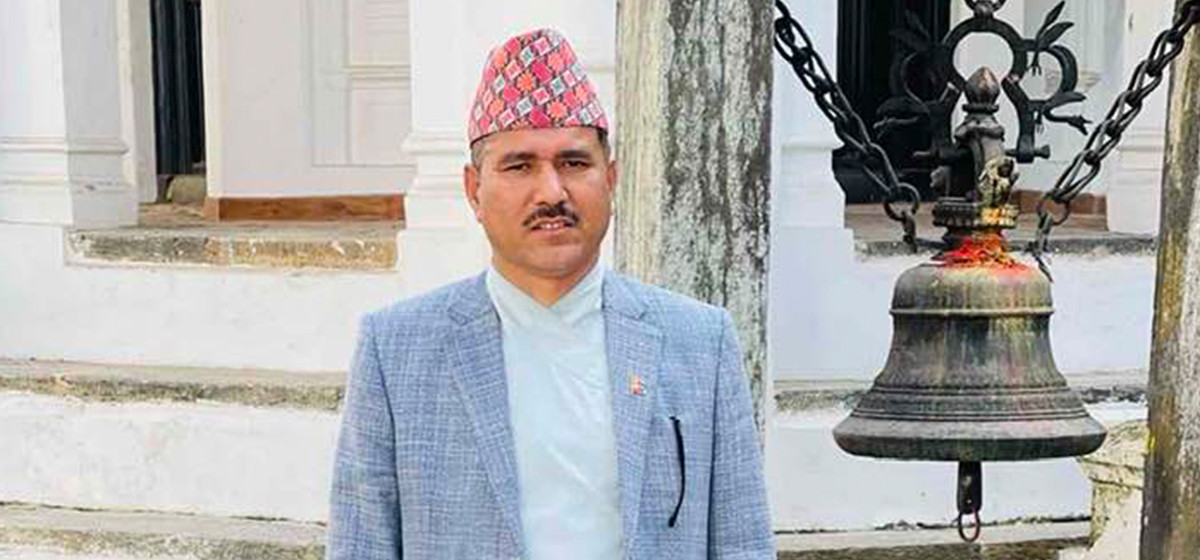
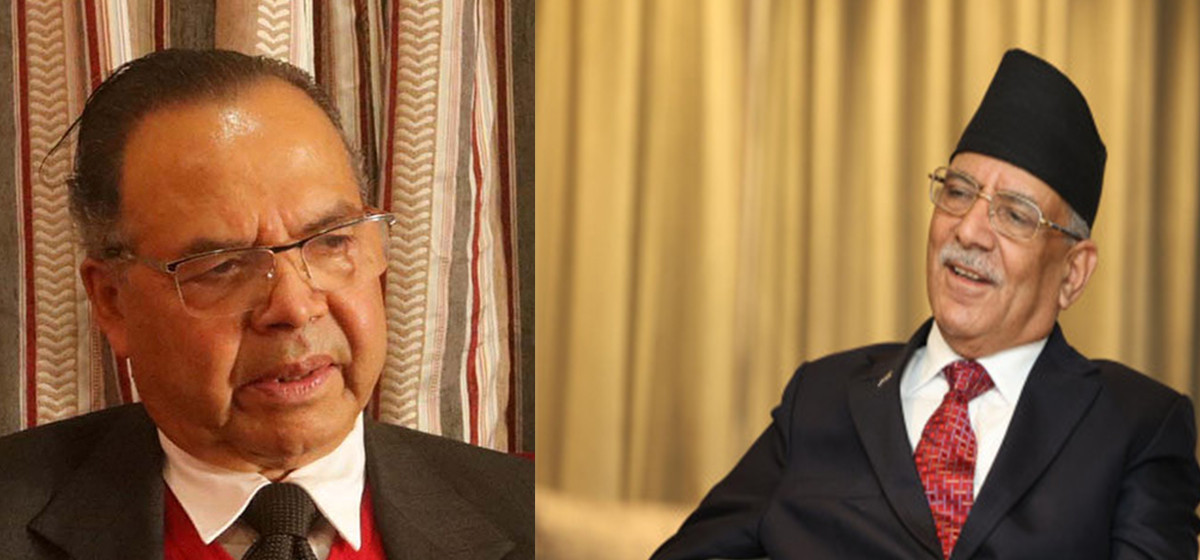
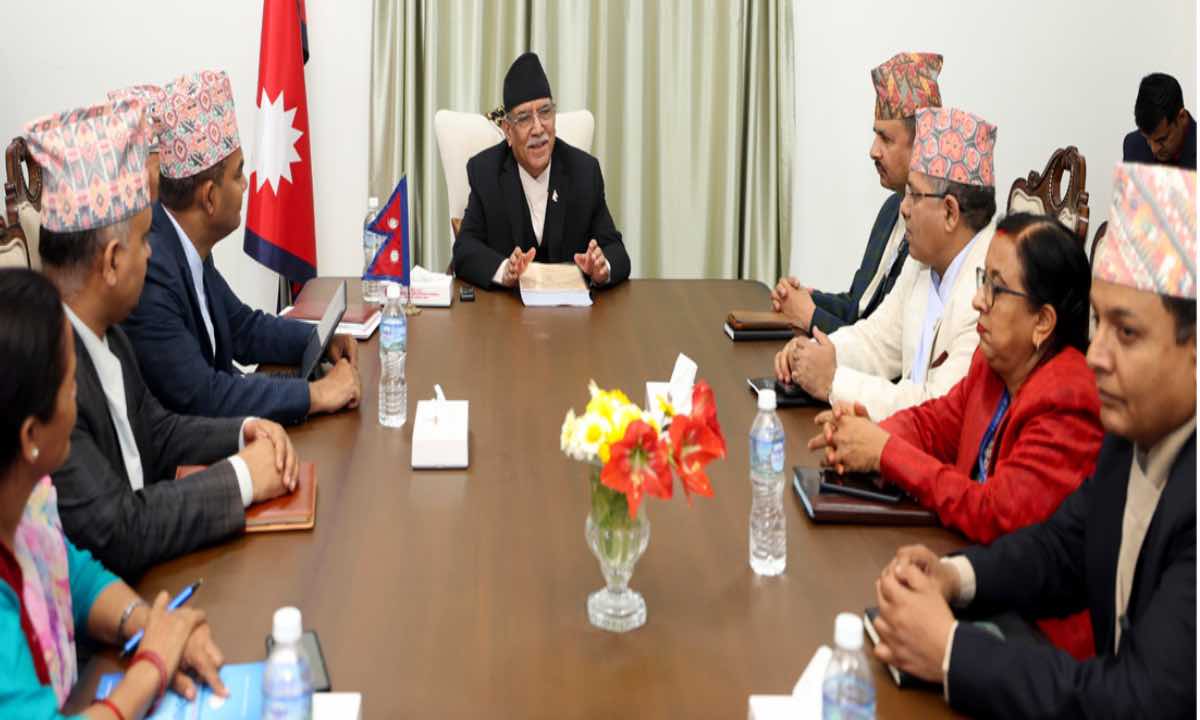

Leave A Comment